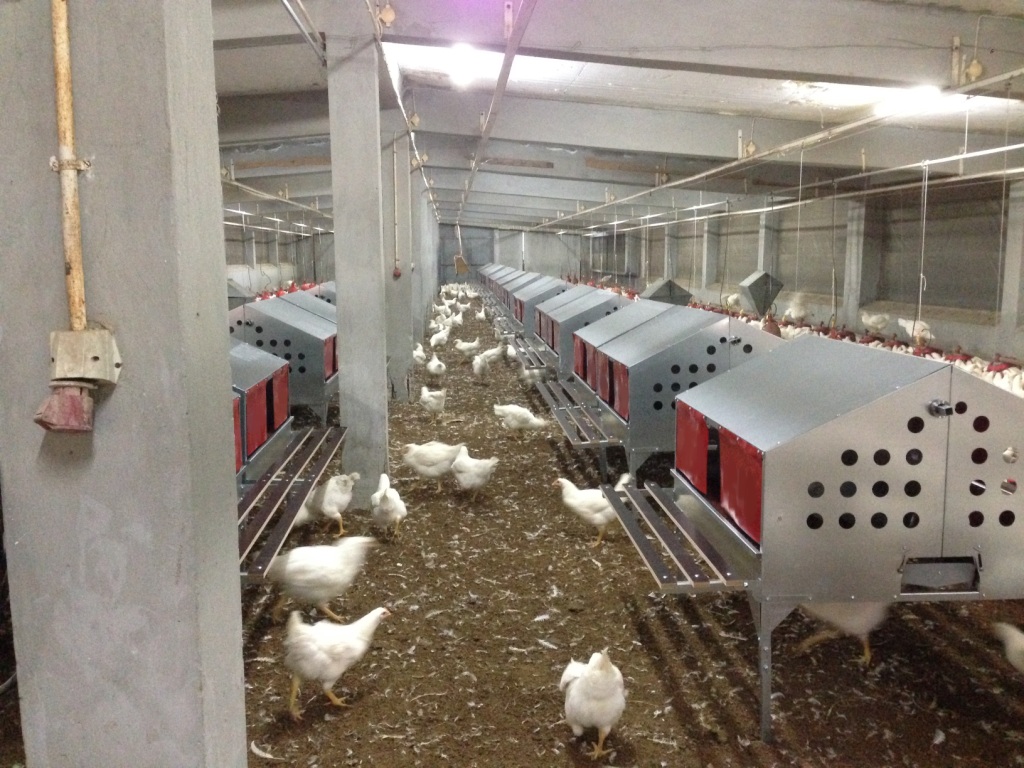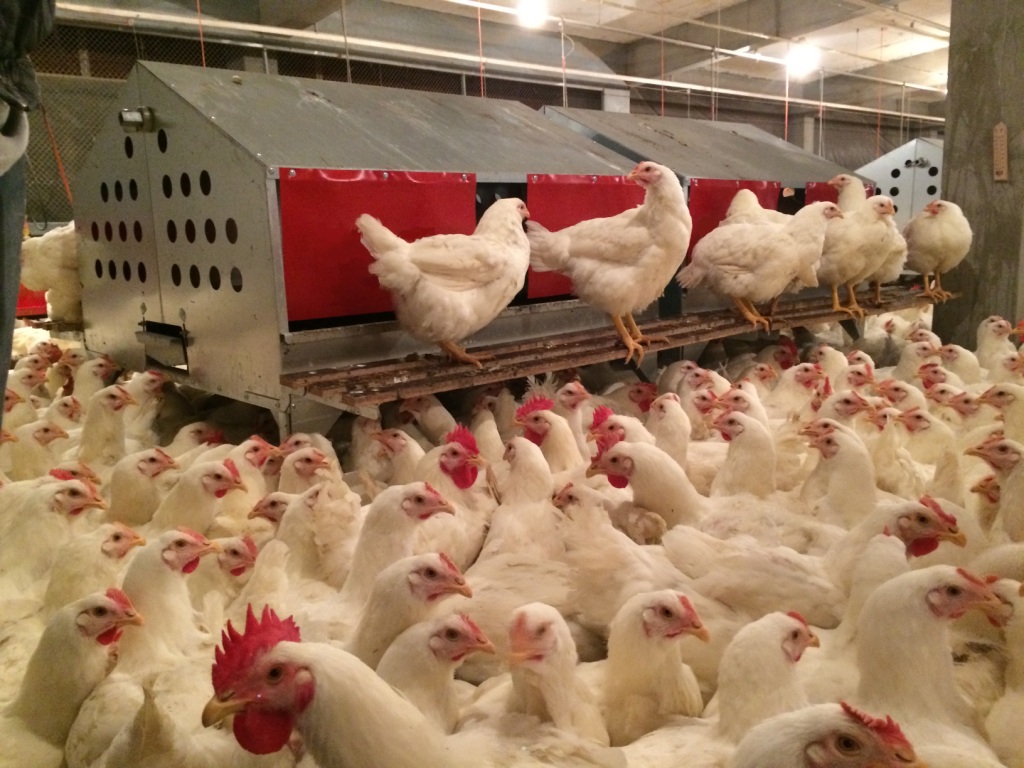The increase in egg production facilities in cage-free systems has motivated the use of nesting boxes and this presents some handicaps.
– Laying eggs outside the nest boxes
– Eggs outside the nest break more easily
– The value of these eggs drops due to degradation
– Picking up eggs from the floor is annoying and expensive
– Eggs on the floor can cause cannibalism in the flock
– This cannibalism goes against animal well-being.
To minimize these handicaps we have to pay attention to the behavior of the hens and offer certain solutions;
– Provide designated nesting areas that allow birds to express their natural instincts to search for the nest and lay eggs.
o Dark, isolated and warm areas
o Use nests with a rubber or artificial grass mat that imitates the use they make in nature of shavings, husks or straw
o Provide elevated nests and in sufficient quantity so that subordinate hens also find their space
o Try to get the nests to reach the ends of the buildings
o Facilitate entry into them, and keep them in good hygienic and technical conditions
o Clean and disinfect the nests
o Replace worn floor mats
o Make sure that the lighting is even and does not affect too much inside the nest
Nesting is a learned behavior and difficult to change once established, so management is very important during the first weeks of laying.
We must keep in mind that hens lay their eggs after 8 hours after waking up (turning on the light). 75% of laying will take place between the 2nd hour and the 5th hour (Sauveur1988). During the first hour the chickens excrete a little, then they eat and drink, and in the second hour they begin to head to the nest.
– Eliminate or reduce inappropriate places and elements
o Do not place barriers in front of the nests
o In the case of feeders, consider the option of them being elevatable and through time control facilitate that between the 3rd and 4th hour they can be raised and facilitate the hens
Reduction of eggs on the floorgoing to the nest
o Do not turn on the feeders during those nesting peaks
o Avoid air currents affecting the nest
o Avoid hot spots in areas where there are nests


